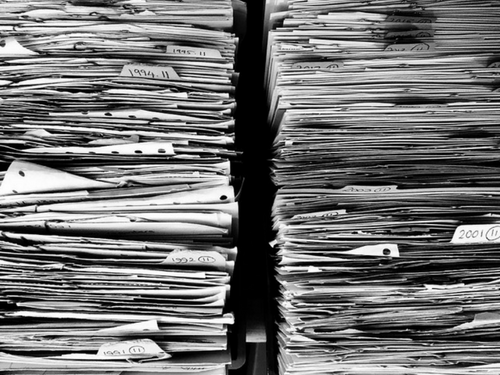SMSF Record Keeping
Good practices to help audits run smoothly
There’s no doubt about it – SMSFs require a lot of paperwork. Reminding your clients to practice good SMSF record keeping can make the difference between a smooth SMSF audit or a not so smooth SMSF audit.
To help with the paper trail, the following is a list of SMSF documents to be kept, how long to keep them, and how they should be stored. You could Bookmark this blog and, forward it to your clients before an audit.
Before the audit, make sure your clients have the following documents ready:
• A balance sheet or annual operating statement showing the financial position of the fund
• Annual tax return for the fund
• Records of change in membership or trustees for the year
• Meeting minutes for company trustee funds about decisions made
• Reviewed and updated the SMSF’s investment strategy
• Records of current shareholding, and any purchases or sales in the year.
• A list of any new acquisitions, sales and transfers for the financial year
• Proof of income from a property, including leases, capital gains and losses
• Bank statements
• Ensure all assets are held in correct names
• Valuation, storage location and insurance for collectables and assets
How long should SMSF records be kept?
The following should be kept, in original paper form, for the life of the fund plus 10 years after its closure:
• Trustee declarations (keep for the entire time the person is a member or trustee plus 10 years after they cease to be a member or trustee)
• Meeting minutes for company trustee funds about decisions made
• Records of change in membership or trustees
• Written consent to be appointed as a trustee
• Trust Deed and any updates or changes
• Constitution of the corporate trustee
• Investment strategy documents
These should be kept in paper or electronic form for at least 5 years after the reporting date:
• Dividend statements
• Interest income statements
• Rental property statements
• Purchase details to be used as a cost basis for CGT. For example, a share purchase document should be kept until 5 years after the EOFY when the shares were sold
• Decisions about the storage of assets classified as collectables and personal use assets
And these should be kept in paper or electronic form for at least 10 years:
• Annual reports and beneficiary reports
What are the penalties for incomplete SMSF record keeping?
The ATO takes record keeping seriously, so penalties for non-compliance can be severe. Penalties including hefty fines, the fund being made non-compliant or the trustee being banned from operating an SMSF are not uncommon.
Where should SMSF records be kept?
The best practice is for documents to be kept in Australia and in English. Original paper copies should be kept in a locked fireproof box. Back up paper copies should be kept in a separate location such as a safe deposit box, or at the home or office of another trustee.
If your clients choose to keep only electronic records for certain documents, please insist that they have a backup system in place. A good practice would be to keep a full electronic set of documents on a hard disk, with a second back up hard disk stored at a separate location (in case of fire or theft). The backup should be regularly maintained, with new or changed documents added or replaced each financial year.
Need help?
For more information or if you have concerns about your client’s record keeping heading towards audit time, please give TriSuper Auditors a call on 1300 TRISUP or email joel@trisuperauditors.com.au.
Together we can get your client’s records in order and ATO compliant.

